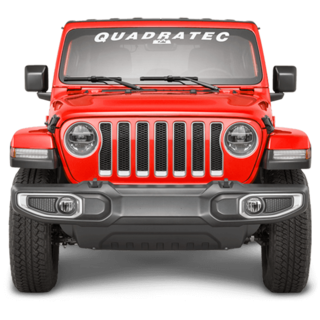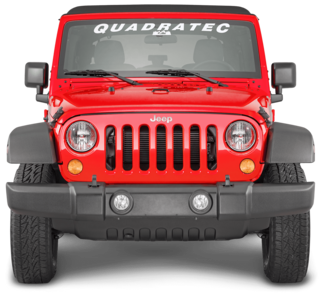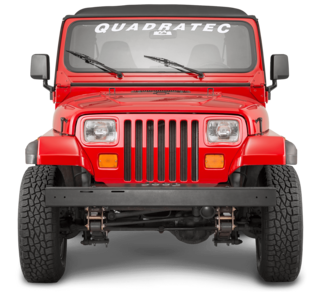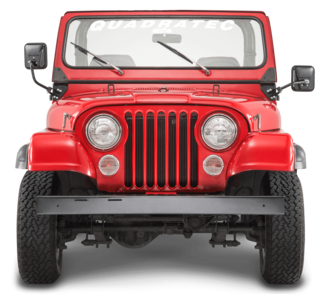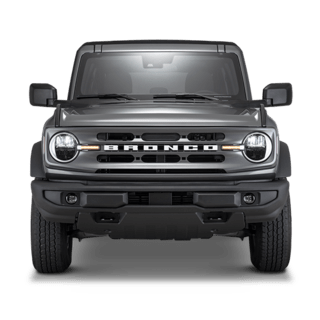« Back to product






William K.
How do you determine which end is the inlet for the catalytic converter?

General Tips to Identify the Inlet:
Follow the Flow: The inlet side will be the end that connects to the exhaust pipe coming directly from the engine's exhaust manifold or header. The outlet side will connect to the rest of the exhaust system, leading to the muffler and tailpipe.
Oxygen Sensor Location: Many catalytic converters have an oxygen sensor bung (a threaded port for an O2 sensor) located before the catalyst, on the inlet side. If your catalytic converter has an O2 sensor bung, the end with the bung is likely the inlet.
Directional Arrows (If Present): Some aftermarket catalytic converters might have arrows stamped on the body indicating the direction of exhaust flow. The arrow will point from the inlet to the outlet. However, OE-style converters like the one in this kit are less likely to have these markings.
Welding or Flange Orientation: Examine the way the pipes are welded to the catalytic converter or the orientation of the flanges (if any). The inlet side might have a different type of connection or be positioned in a way that naturally aligns with the exhaust flow from the engine.
Pipe Diameter: In some systems, the pipe diameter leading into the catalytic converter might be slightly different from the diameter leading out of it.
Follow the Flow: The inlet side will be the end that connects to the exhaust pipe coming directly from the engine's exhaust manifold or header. The outlet side will connect to the rest of the exhaust system, leading to the muffler and tailpipe.
Oxygen Sensor Location: Many catalytic converters have an oxygen sensor bung (a threaded port for an O2 sensor) located before the catalyst, on the inlet side. If your catalytic converter has an O2 sensor bung, the end with the bung is likely the inlet.
Directional Arrows (If Present): Some aftermarket catalytic converters might have arrows stamped on the body indicating the direction of exhaust flow. The arrow will point from the inlet to the outlet. However, OE-style converters like the one in this kit are less likely to have these markings.
Welding or Flange Orientation: Examine the way the pipes are welded to the catalytic converter or the orientation of the flanges (if any). The inlet side might have a different type of connection or be positioned in a way that naturally aligns with the exhaust flow from the engine.
Pipe Diameter: In some systems, the pipe diameter leading into the catalytic converter might be slightly different from the diameter leading out of it.
Rory P.
Does this kit clamp together or does it need to be welded?

The Crown Automotive 52018177K Complete OE Exhaust Kit clamps together for installation.
Marco C.
What header will work with this kit

Any head that is designed for 93-95 4 cylinder applications should apply like the following application from pacesetter. See the following link.Pacesetter 4 cylinder application. Thanks for your inquiry.
Craig I.
Is the Crown Automotive 52018177K exhaust kit California Air Resources Board (CARB) approved?

Yes, it is
ALLEN D.
Just received this product. The product description says all parts necessary. The picture does only show two clamps, but the setup requires 3. I received two clamps. Am I missing a part? Or is there instructions for this? Was I supposed to reuse parts?

Fro the factory, the clamps are only required and installed on the flanges that connect direct to the cat. The tail pipe slips on but does not use a clamp since it is after the emissions and resonator.
Martin L.
Does this kit come with a heat shield?

No unfortunately none of our suppliers are manufacturing the heat shields and Jeep has discontinued them.


